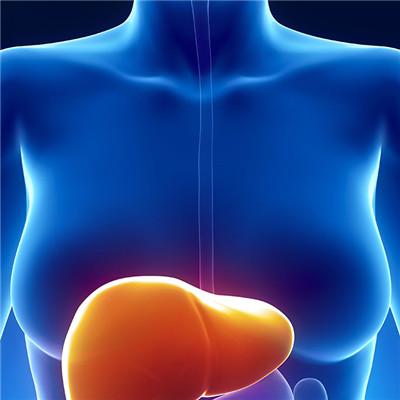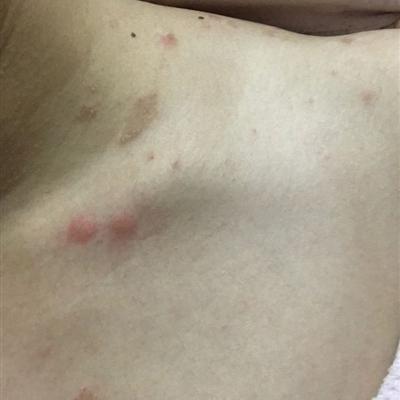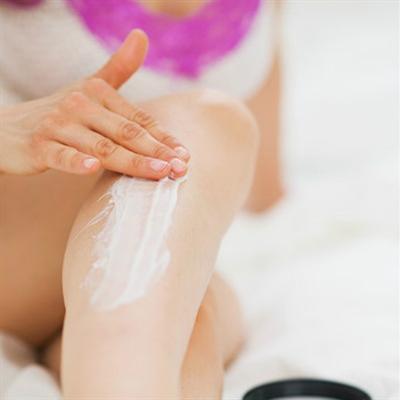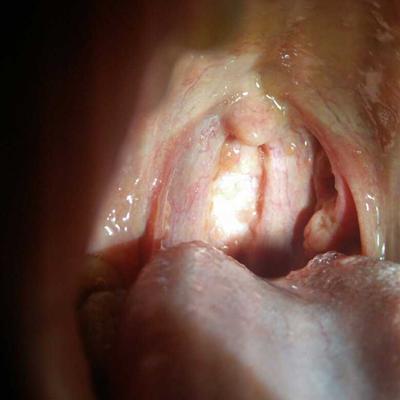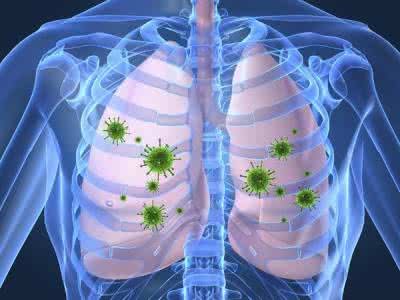Symptoms of lumbar spondylolisthesis
summary
Lumbar spondylolisthesis, also known as degenerative lumbar spondylolisthesis. This disease mostly occurs in the elderly aged 50-60 years old, due to intervertebral disc degeneration, facet joint disorder, peripheral ligament relaxation, intervertebral space instability, a vertebral body on the vertebral joint moved backward. Therefore, there are low back pain or low back pain and other clinical symptoms. This disease belongs to the category of "lumbago" and "lumbocrural pain" in traditional Chinese medicine. Symptoms of lumbar spondylolisthesis? Let's talk about it
Symptoms of lumbar spondylolisthesis
Symptoms: a history of chronic low back pain, often acid swelling, heavy, fatigue, sometimes light, sometimes heavy, the same posture can not be lasting. Accompanied by nerve root compression, pain can radiate to the leg, traction, burning, numbness, tingling and other feelings. At the beginning, the symptoms are not serious, often do not cause heavy vision, the disease can last for months or even years. Some patients can be accompanied by intermittent claudication, obvious pain when walking, pain relief when sitting

The most common sign is that the range of lumbar flexion is enlarged (the patient can feel the toes when bending down in an upright position), which is due to the muscle and femoral relaxation of the pelvis in the greater trochanter of femur. Acute low back pain or lumbar muscle spasm is rare, and straight leg raising test is mostly negative. The fifth lumbar nerve is involved, which is often manifested as decreased skin sensation of the lateral thigh and decreased extensor tension, The muscle atrophy of thigh or buttock, knee tendon reflex and Achilles tendon reflex decreased accounted for about 1 / 5

X-ray examination, the key to diagnosis is X-ray film, the affected plane is often L4-L5 vertebral body, sometimes two planes can be involved at the same time, sometimes accompanied by lumbar disc degeneration, that is, intervertebral space stenosis, cartilage plate change or vertebral bone lip formation

matters needing attention
1. Avoid stretching, twisting, bending or shaking back muscles to avoid waist sprain. 2. Do cleaning work with long handle broom and mop, don't bend down. 3. When brushing your teeth and washing your face, bend your knees slightly instead of bending down. 4. Do not lift heavy objects within 3 to 6 months after operation. 5. Do desk work 4-6 weeks after operation, and do hard work 3-4 months later.


